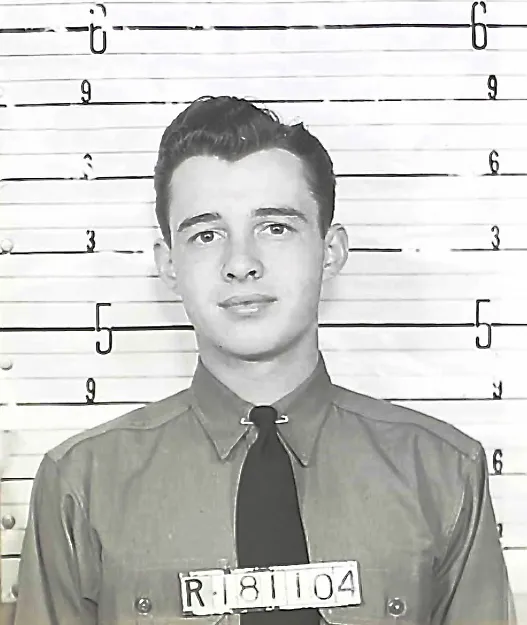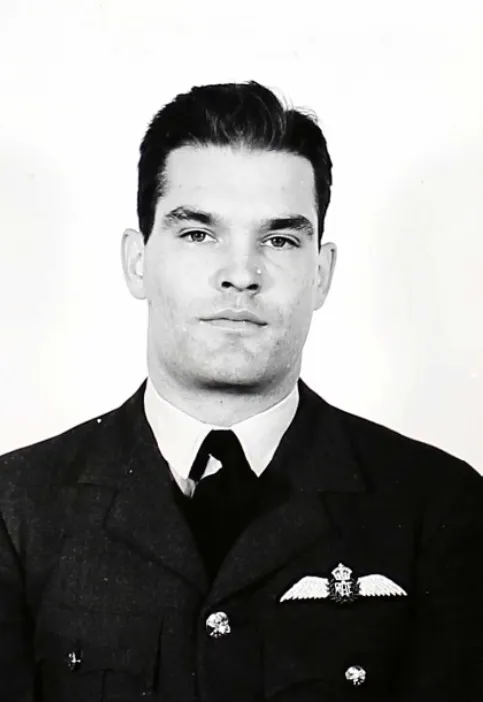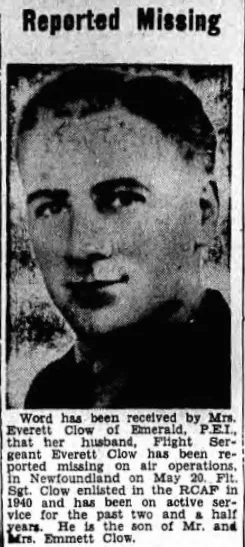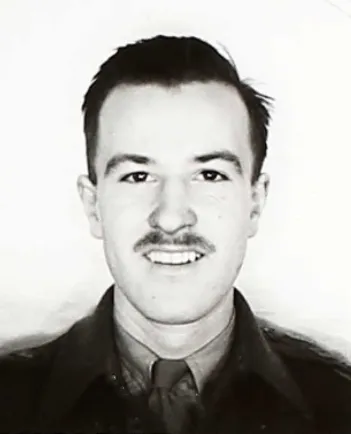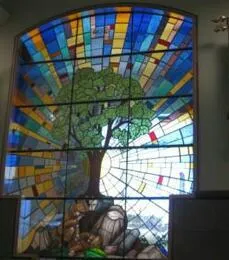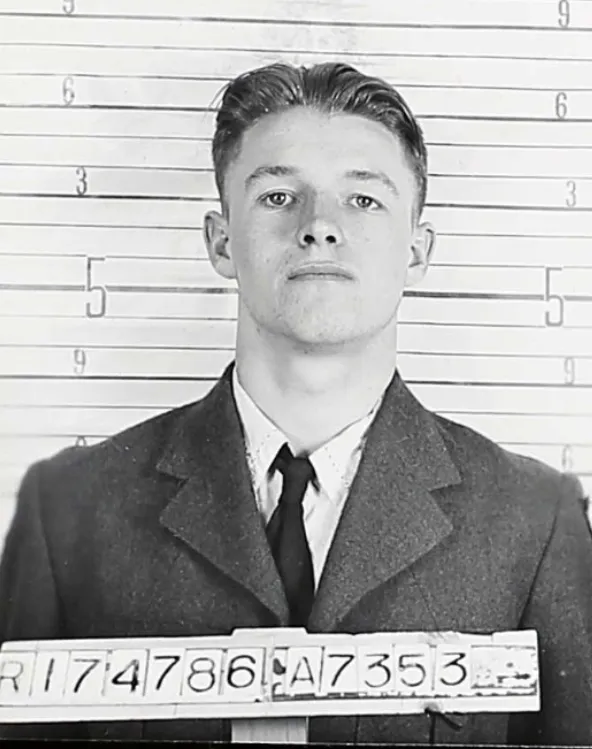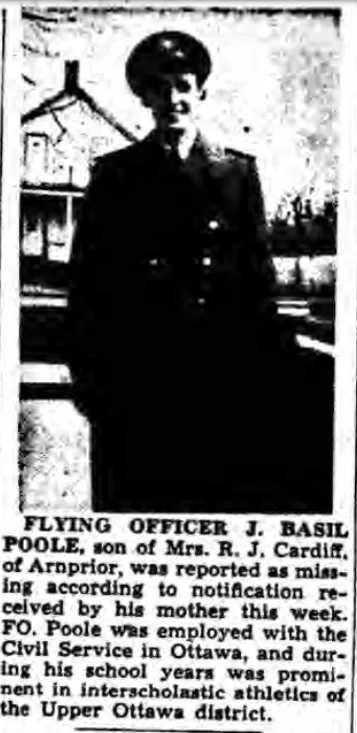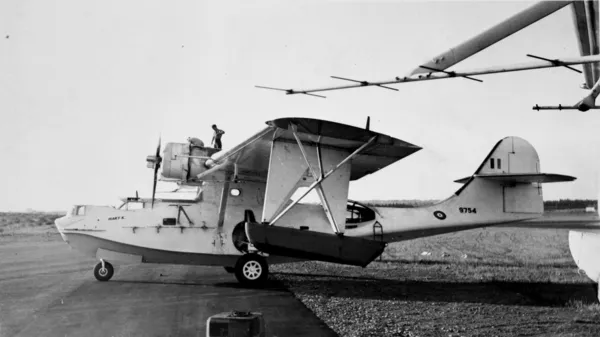5 Bomber-Reconn Sqn RCAF, Torbay, Newfoundland.
Aircraft failed to return from depth charge practice after take-off from Torbay, Newfoundland. One of the four passengers was a Lt. G. Garand (Can. Army). It was later discovered that the Canso carried 50 lbs dynamite and unserviceable pyrotechnics for disposal.
Killed includes Campbell: F/Lt Alan Gordon Byers RCAF C/1612 KIA Ottawa Memorial Panel 3. Column 3. Warrant Officer Class 1 Charles Bernard Everett Clow RCAF R/72674 KIA Ottawa Memorial Panel 3. Column 4. Flight Sergeant Donald Lawrence Herman RCAF R/71231 KIA Ottawa Memorial Panel 3. Column 5. Flying Officer Leo James Murray RCAF J/10106 KIA Ottawa Memorial Panel 3. Column 4. Sergeant Bruce Reginald McGimsie RCAF R/78943 KIA Ottawa Memorial Panel 3. Column 5. Flight Sergeant Walter Francis James Nolan RCAF R/174786 KIA Ottawa Memorial Panel 3. Column 5. Flying Officer Joseph Basil Poole RCAF J/22439 KIA Ottawa Memorial Panel 3. Column 4.
